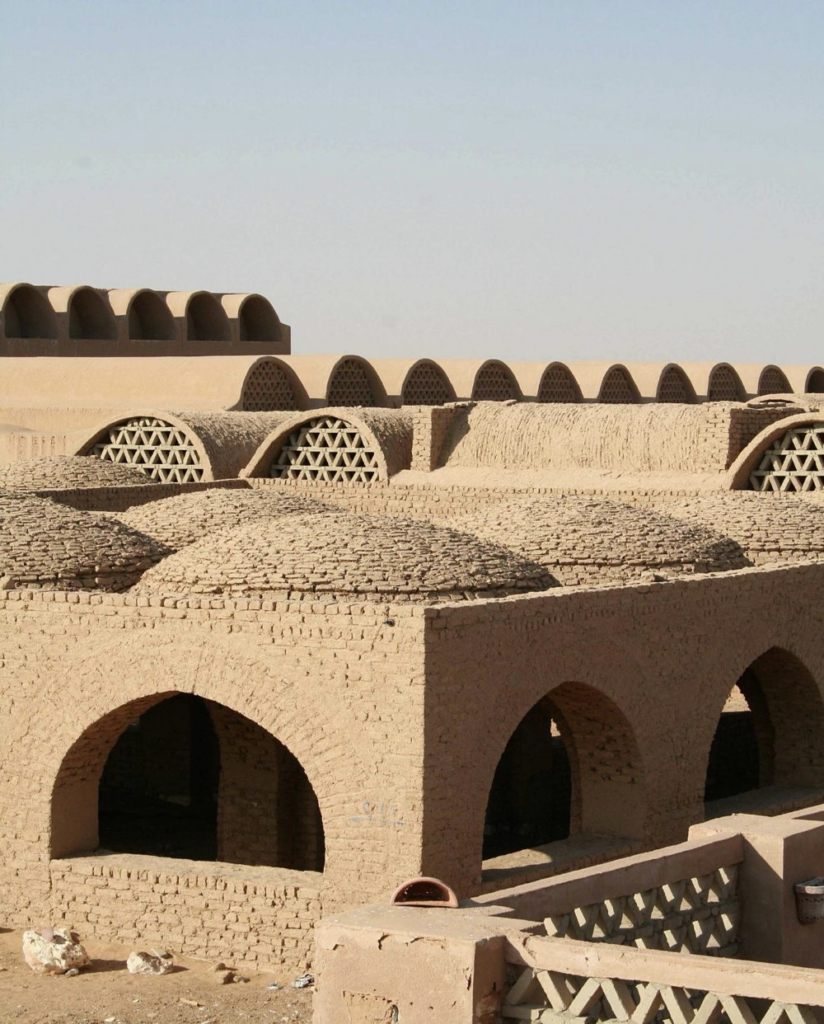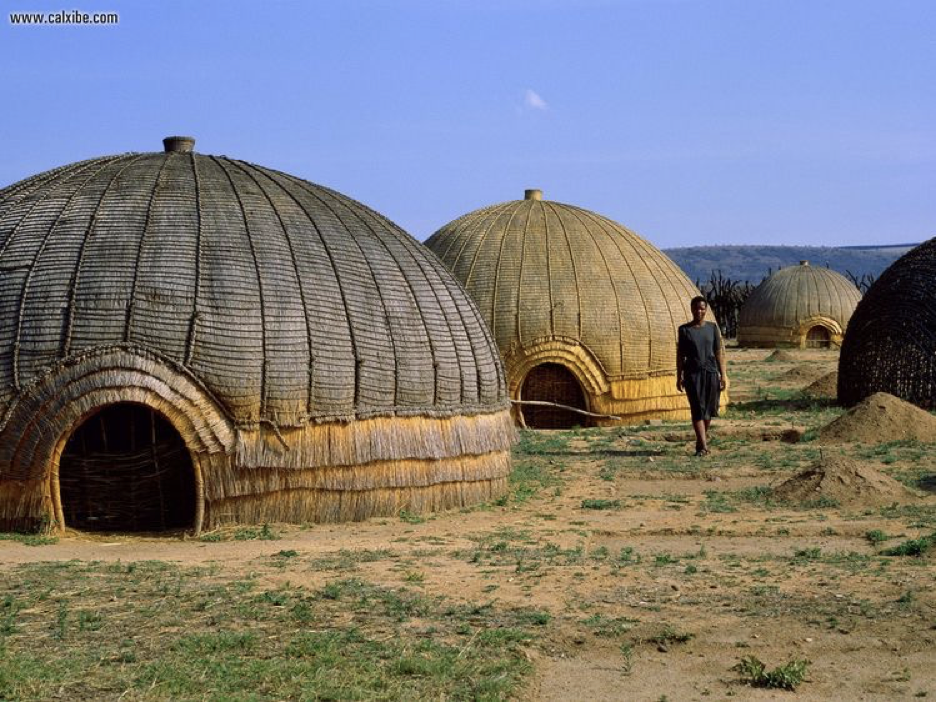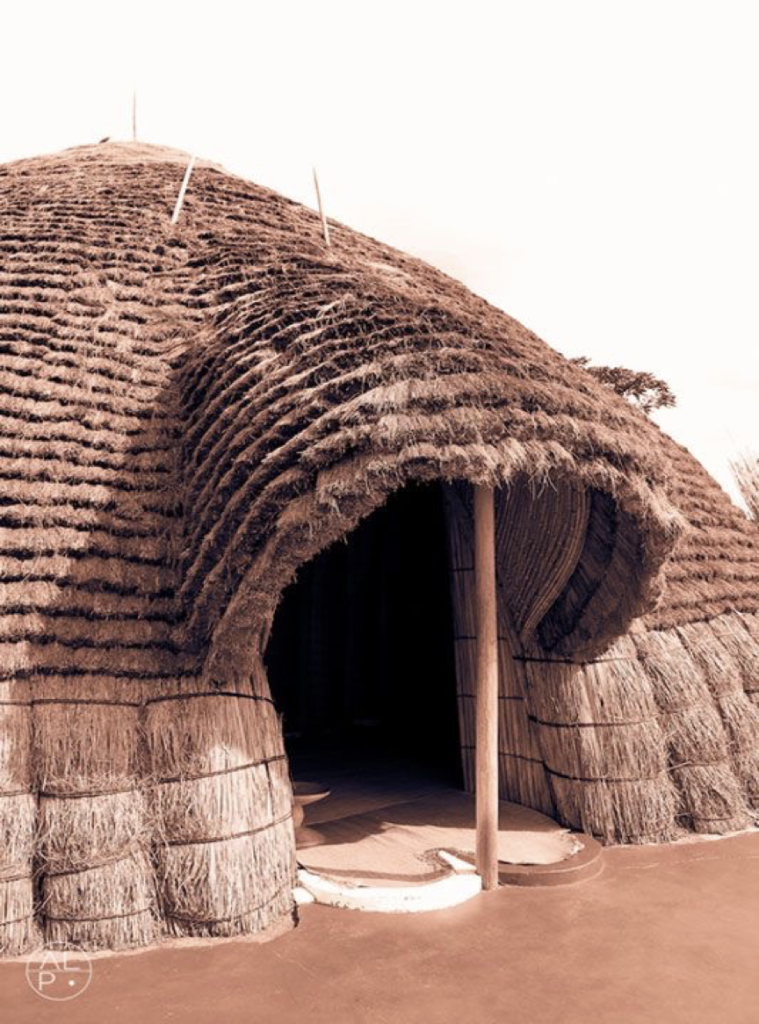Vernacular architecture expresses the essence of a region’s identity and legacy since it is founded in local traditions and culture. It displays the knowledge and skill that have been passed down through the ages. Vernacular architecture is the term used to describe native and conventional architectural types that have evolved naturally over time in response to regional environmental, climatic, and cultural factors. It is frequently built with materials and skills that are readily available locally and is shaped by the unique needs and values of a community. Vernacular architecture is still firmly entrenched in its environment, unlike formal architectural styles that may be greatly impacted by international trends.
The beauty of vernacular architecture lies in its ability to express the unique identity and cultural heritage of a place. Traditional designs, decorative motifs, and construction techniques often carry symbolic meanings that reflect the beliefs, values, and history of the community. From the ornate wooden carvings of traditional Balinese houses to the intricate adobe detailing in Pueblo architecture, each region showcases its own distinct style, encapsulating the essence of its people.

Vernacular architecture reveals a deep comprehension of the regional environment and its difficulties. These structures were created with the environment in mind, taking into account the climate, topography, and resources that are readily available. Adobe, thatch, stone, and bamboo are examples of traditional building materials that offer good insulation and support the maintenance of cozy internal temperatures. Utilising passive design strategies wisely promotes natural lighting and ventilation, reducing the need for
artificial heating and cooling.
In a time when sustainability is a pressing issue, vernacular architecture serves as a shining example of green building techniques. Utilising locally produced materials lowers the transportation-related carbon impact, while incorporating natural elements ensures energy efficiency. Additionally, traditional structures frequently have a minimal impact on the environment and are easily adaptable to changing needs, encouraging long-term resilience.
The community works together to create vernacular architecture frequently, fostering a sense of pride and ownership. People take an active role in construction, transferring knowledge and abilities from one generation to the next. A strong sense of community and social cohesiveness is fostered through the shared experience of creating and maintaining structures, fostering harmony and a sense of belonging.
The amazing flexibility of vernacular building to shifting demands and circumstances is evident. Vernacular structures can be modified or enlarged as cultures advance while yet maintaining their core characteristics. Due to its adaptability, the architecture is able to sustain itself over time and maintain its relevance, providing a live link between the present and the past.

The preservation of traditional architecture faces difficulties as urbanisation and globalisation progress. Traditional structures are frequently neglected or destroyed as a result of contemporary architectural trends and building materials combined with fast urbanisation. The importance of vernacular architecture must be acknowledged, and conservation efforts must be made, in order to protect this priceless cultural heritage.
The preservation of vernacular architecture depends heavily on education and public awareness. It is possible to get support and admiration for these conventional building techniques by making the value of them known through exhibitions, publications, and educational initiatives.
Promoting the adaptive reuse of vernacular buildings for contemporary purposes can contribute to their preservation. By repurposing these structures for public use, tourism, or commercial ventures, we can ensure their continued relevance and economic viability.
Engaging local communities in the preservation process is essential. Empowering them to take an active role in maintaining and promoting vernacular architecture fosters a sense of ownership and encourages sustainable practices.

Vernacular architecture embodies the soul of a place, reflecting the cultural richness, environmental wisdom, and social cohesion of a community. Celebrating its beauty and preserving its legacy are crucial in maintaining a connection to our roots and creating a sustainable future. By valuing the aesthetics, sustainability, and social significance of vernacular architecture, we can embrace the treasures of our cultural heritage and promote a more harmonious relationship between humans and their environment. As we continue to build and evolve, let us recognise and honour the timeless beauty of vernacular architecture, a testament to the genius of local wisdom and the richness of human diversity.
Sources
- https://www.prasoon.design/hyperlocalism-and-vernacular-architecture-finding-beauty-in-tradition#:~:text=Understanding%20the%20beauty%20of%20vernacular,resources%20available%20in%20their%20environment.
- https://www.designingbuildings.co.uk/wiki/Vernacular_architecture#:~:text=Benefits%20of%20vernacular%20architecture,-The%20benefits%20of&text=Capitalising%20on%20local%20knowledge%20and,environment%20in%20which%20they%20live.
- https://rmjm.com/vernacular-architecture-tradition-and-beauty-in-regional-styles/
- https://www.archdaily.com/951667/what-is-vernacular-architecture
- https://www.architectmagazine.com/design/finding-beauty-in-the-vernacular_o




